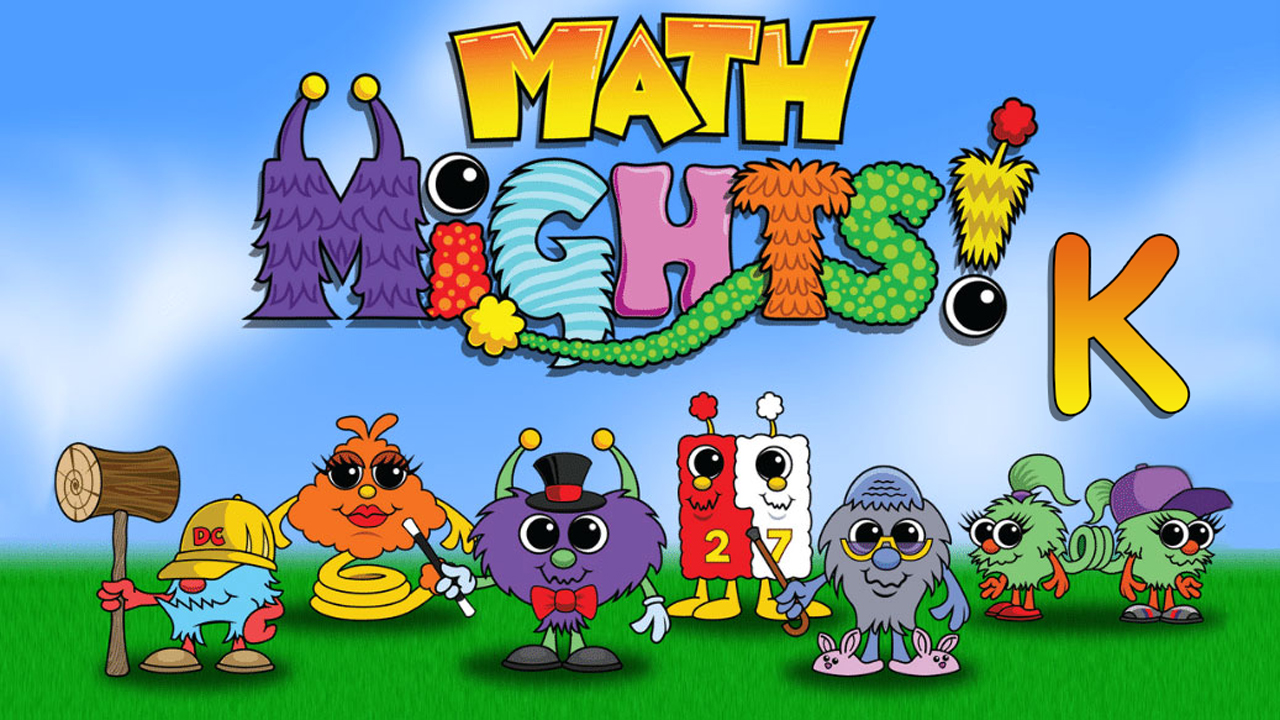Let’s figure out how many more are needed to make 10.
Math Mights was adapted from IM K-5 Math™ ©2021 by Illustrative Mathematics® , released under the Creative Commons Attribution 4.0 International License (CC BY 4.0) https://creativecommons.org/licenses/by/4.0/.
Additions and adaptations are ©2021 by Strategic Intervention Solutions, LLC
Understand the relationship between numbers and quantities; connect counting to cardinality.
Count to answer “how many?” questions about as many as 20 things arranged in a line, a rectangular array, or a circle, or as many as 10 things in a scattered configuration; given a number from 1-20, count out that many objects.
Represent addition and subtraction with objects, fingers, mental images, drawings (drawings need not show details, but should show the mathematics in the problem), sounds (e.g., claps), acting out situations, verbal explanations, expressions, or equations.
Solve addition and subtraction word problems, and add and subtract within 10, e.g., by using objects or drawings to represent the problem.
Decompose numbers less than or equal to 10 into pairs in more than one way, e.g., by using objects or drawings, and record each decomposition by a drawing or equation (e.g., 5 = 2 + 3 and 5 = 4 + 1).
For any number from 1 to 9, find the number that makes 10 when added to the given number, e.g., by using objects or drawings, and record the answer with a drawing or equation.
Visit the lesson page on MathMights.org for additional resources.
Download Full Packet
Download the full year's Math Mights extension activities.


